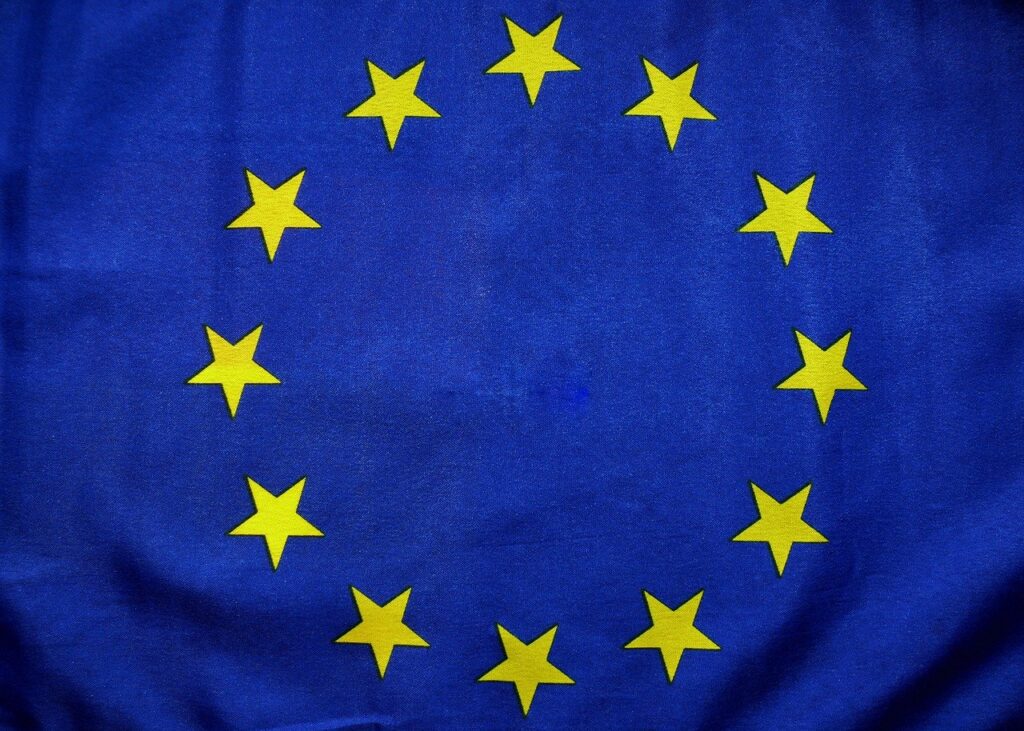The European Parliament Study for the Impacts on the Transport System
The Think Tank of the European Parliament has prepared a study, requested by the Transport Commission of the European Parliament, entitled: “The impact of emerging technologies on the transport system”.
This study provides an overview of the most relevant applications of Smart Mobility and emerging technologies for all modes of transport (road, rail, navigation and aviation) for the period up to 2030. In addition, the main challenges for their development and dissemination are identified and actions that could be taken to address those challenges are discussed.
The collection, storage, processing and analysis of data are the main building blocks of Smart Mobility applications. The level of maturity of the emerging technologies studied varies considerably. Some are already widely applied (e.g. smart sensors, connectivity technologies), although their further development is expected in the next decade.
New technologies are important for the development of smart mobility applications and the most stable ones are:
- Cooperative Intelligent Transport Systems (C-ITS) are applications where intelligent transport systems (e.g. vehicles, infrastructure equipment, traffic control centers) communicate and share information in order to improve road safety, efficiency traffic, comfort, sustainability, etc.
- Connected Cooperative Automated Mobility (CCAM) includes different levels of assisted and automated driving. They range from driver assistance functions, such as cruise control, to fully automated vehicles.
- Mobility as a Service (MaaS) is the integration of various forms of transport services into a single mobility service accessible on demand. It gives transport users access to plan, book and pay for a range of transport services, easily accessible from a smartphone or tablet. MaaS envisions a shift from vehicle ownership to a model where users have a range of travel services that they can use according to their needs.
- Logistics own organization (SoL) refers to the decentralized coordination of logistics chains, which means that individual agents in the chain (e.g. companies, vehicles, containers) make autonomous decisions based on local information and data.

Impact on Transport and Society
Smart Mobility applications are expected to provide significant benefits for transport users, particularly by increasing transport efficiency and enhancing the travel experience. In addition, Smart Mobility applications can also significantly contribute to achieving the company’s goals, such as reducing CO2 emissions, improving traffic safety and reducing congestion. To what extent this potential materializes will depend on planning, implementation and management by public authorities (with actions such as legislation, funding and public-private cooperation).
Most applications need significant mass to become fully effective. Second, because Smart Mobility applications will become more effective in the next decade thanks to technological improvements.
Finally, evidence on the impact of Smart Mobility applications is only available from small-scale tests, scenario studies, and declared preference studies. Therefore, the uncertainty of these results is high and must be carefully considered.
The spread of intelligent mobility applications requires a well-developed digital infrastructure. The development, availability, security and governance of digital infrastructure must be a key priority in Smart Mobility policies. Since the lifespan and needs of users of digital infrastructure differ significantly from physical infrastructure and infrastructure development is not congruent, specific (but integrated) strategies are needed for the various layers of the transport infrastructure. This requires close collaboration between the various stakeholders (and possibly also other organizational models), as the various infrastructure levels are managed by different subjects, with shared responsibilities.
General Policy Recommendations

The following general policy recommendations for the European institutions have been made:
- Develop a global strategy for Smart Mobility with the aim of effectively coordinating all initiatives on the various types of Smart Mobility applications;
- Create the basic conditions for Smart Mobility, for example through further investments in digital infrastructure;
- Define a series of targeted actions for each Smart Mobility application, stimulating and facilitating the actions of all stakeholders. Policies include a clear and coherent legal framework, large-scale pilot projects and a good balance between public, public-private and private funding;
- Ensure that policies are proactive, flexible and adaptable, so that they can be quickly adapted as new technological concepts become available, societal developments change or user preferences are different than expected;
- Improve the knowledge base on Smart Mobility applications on issues such as technical requirements, expectations and concerns related to such applications, potential business cases and the impacts these applications may have on the transportation industry and society;
- Organize cooperation between all stakeholders (including end users), by organizing, extending and / or extending collaboration and consultation bodies (such as the CCAM Platform);
Based on the findings of the study in question, the presence of a variety of emerging technologies, or clusters of technologies, is evident, which stimulate the development of Smart Mobility in multiple ways. The most relevant, until 2030, are smart sensors, connectivity, blockchain, digital platforms, big data, artificial intelligence and the Internet of Things.
To understand the impact of emerging technologies on the transport sector, applications based on these technologies are essential. In fact, applications will transform transport, people’s mobility choices and freight transport organizations and, consequently, the impacts on the transport sector and on society. Cooperative Intelligent Transport Systems (C-ITS), Connected Cooperative Automated Mobility (CCAM), Mobility as a Service (MaaS) and Self Organized Logistics (SoL) are identified as the most promising clusters of intelligent mobility applications in the period until 2030.
5G, Artificial Intelligence (AI) and blockchain are potentially revolutionary, but applications are just starting to use them, discovering what is already possible and what needs further development.
In the long term, the various Smart Mobility applications can merge into a single integrated transport system in which Smart Mobility plays a key role in achieving social objectives (e.g. accessibility, sustainability and safety). In the transition to mobility, Smart Mobility applications are interrelated.
MaaS and SoL require a digital infrastructure that can also be used by C-ITS and CCAM, eg. starting from the use of C-ITS services to pave the technological infrastructure while MaaS and SOL promote the development of the digital infrastructure for autonomous vehicles.
